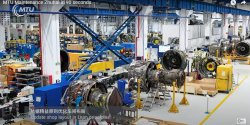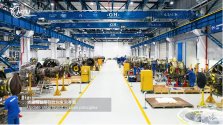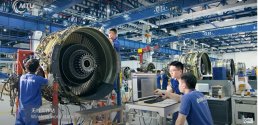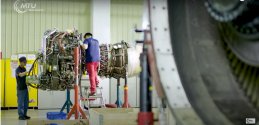Definitely agree! HS rail relying on electricity will be much more secure than depending on kerosene fueled planes.
HSR is only 60% done. Rail much more efficient than planes especially with such restricted civilian airspace. Metros and Inter-City lines will also take more than another decade to get into good shapes. Also there is the objective to have four highly-integrated mega-city clusters. All are short-haul traffic. Not much financial return left but plenty of economic/environmental returns remain (e.g. poverty reduction). China probably spends more money on metros than HSR.
Demographics also important. 2020 - 60 = 1960. The current average school years for all workers in China is only 7 (I read about this recently somewhere). The least educated have reached retirement age. China still must provide sufficient number of unskilled jobs for the next 20 years after which infrastructure will get much more expensive and transition to replacement/upgrade phase necessary. By then, all the steel and concrete factories will also be fully depreciated and time to let go of these polluting industries.
High speed (600 km or more) maglev is super expensive but I doubt China will let Japan to have the bragging rights. Non-stop point-to-point within 300 km (Chengdu - Chongqing, Shanghai - Nanjing) seems more practical.
I see the C919/CJ-1000 more as deterrence and bargaining chip than an attempt to compete with Airbus or Boeing. Reputation and trust take decades to build even within China. I don't see COMAC being a serious challenger in the next two decades. Where and how do you expect local mechanics to learn how to repair a CJ-1000? No accident that the first airline to use the C919 is based in Shanghai. It also takes 20+ years to erase the shoddy product image of a country.
They probably still need it to for a soft landing of the real estate market in making a few more small cities/surburbs in semi rural areas along the HS rail routes and let the local government's coffers recover a bit from the land sales.
Having COMAC around will make the likes of Boeing and Airbus lobby against similar sanctions placed on Russia as it would mean not only kissing goodbye to one of the largest markets, but also breeding a massive competitor in COMAC.




